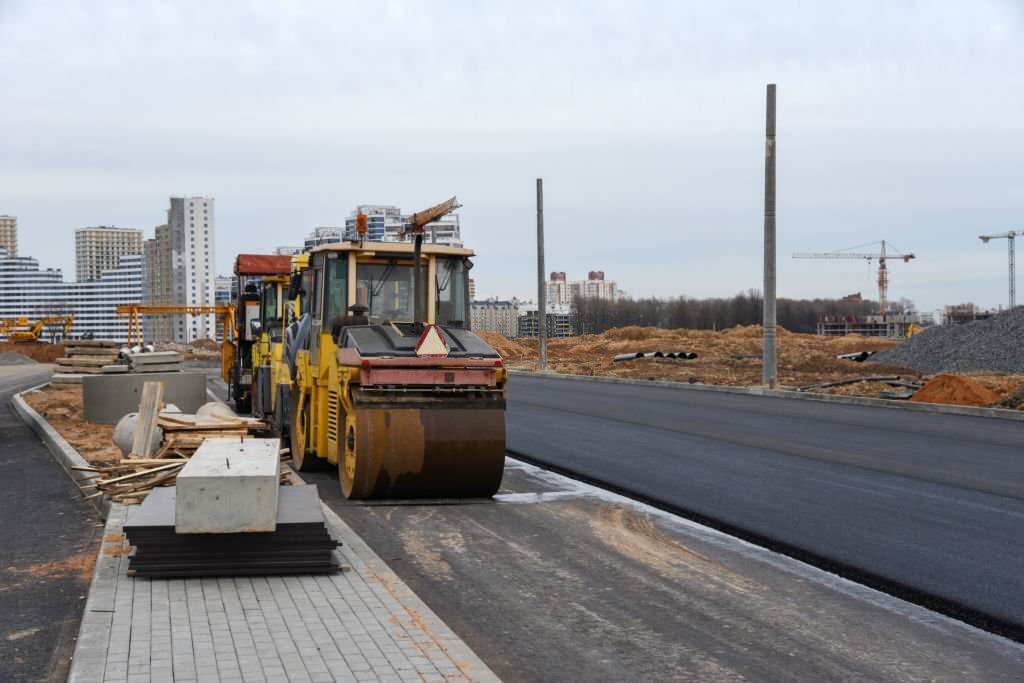
Selecting the right compactor for heavy equipment is a critical decision that significantly impacts the efficiency and success of soil compaction and construction projects. With various types of compactors available in the market, understanding the key features to consider is essential to make an informed choice for specific construction needs. In this comprehensive article, we will explore the key features to consider when selecting a compactor for heavy equipment. From compaction force and drum type to vibration frequency, maneuverability, and operator comfort, we will delve into how each feature influences compactor performance and contributes to successful construction projects.
1. Compaction Force
Importance of Compaction Force: Compaction force is the pressure applied by the compactor’s drum to the soil, determining the depth and efficiency of compaction.
Appropriate Compaction Force: Select a compactor with the appropriate compaction force for the soil type and construction project.
2. Drum Type
Smooth Drum Compactors: Smooth drum compactors are suitable for compacting granular soils and asphalt.
Padfoot Compactors: Padfoot compactors are ideal for compacting cohesive soils, such as clay and silt.
3. Vibration Frequency
Vibratory Compactors: Vibratory compactors use high-frequency vibrations to achieve effective soil compaction.
Frequency Adjustment: Consider compactors with adjustable vibration frequency to tailor compaction efforts to different soil types.
4. Maneuverability
Articulated vs. Rigid Frame: Articulated compactors provide enhanced maneuverability, making them suitable for tight and confined spaces.
Crab Steering: Compactors with crab steering capabilities enable lateral movement, offering greater flexibility on construction sites.
5. Operator Comfort
Operator Cab: A comfortable and ergonomic operator cab reduces operator fatigue during long hours of operation.
Vibration Isolation: Compactors with effective vibration isolation systems minimize the impact of vibrations on the operator.
6. Size and Weight
Size Considerations: Choose a compactor size that suits the specific project requirements, ensuring easy transportation and maneuverability on the construction site.
Weight Distribution: Proper weight distribution is essential for achieving uniform compaction and preventing over-compaction in certain areas.
7. Fuel Efficiency
Fuel Consumption: Consider compactors that offer fuel-efficient performance to reduce operating costs and environmental impact.
Emission Standards: Ensure that the selected compactor complies with relevant emission standards and regulations.
8. Maintenance and Serviceability
Accessibility: Compact design and easy access to components facilitate maintenance and service tasks.
Manufacturer Support: Choose reputable brands that offer reliable customer support and readily available spare parts.
9. Additional Attachments
Versatility: Some compactors can be equipped with additional attachments, such as padfoot shells, to enhance their versatility in different soil types.
10. Durability and Build Quality
Robust Construction: Opt for compactors with sturdy and durable construction to withstand rigorous construction site conditions.
Longevity: A well-built compactor will have a longer lifespan, reducing the need for frequent replacements.
11. Safety Features
Roll-Over Protective Structures (ROPS): Compactors should be equipped with ROPS to protect the operator in case of rollover accidents.
Safety Interlocks: Safety interlocks prevent compactor operation in unsafe conditions.
Conclusion
The selection of the right compactor for heavy equipment is a crucial decision that significantly impacts the success of soil compaction and construction projects. Considering key features such as compaction force, drum type, vibration frequency, maneuverability, operator comfort, size, weight, fuel efficiency, maintenance, and safety features ensures the optimal performance and longevity of the selected compactor. By making informed decisions based on specific construction needs and project requirements, construction professionals can effectively achieve proper soil compaction, enhance construction efficiency, and deliver successful and durable infrastructure projects.

